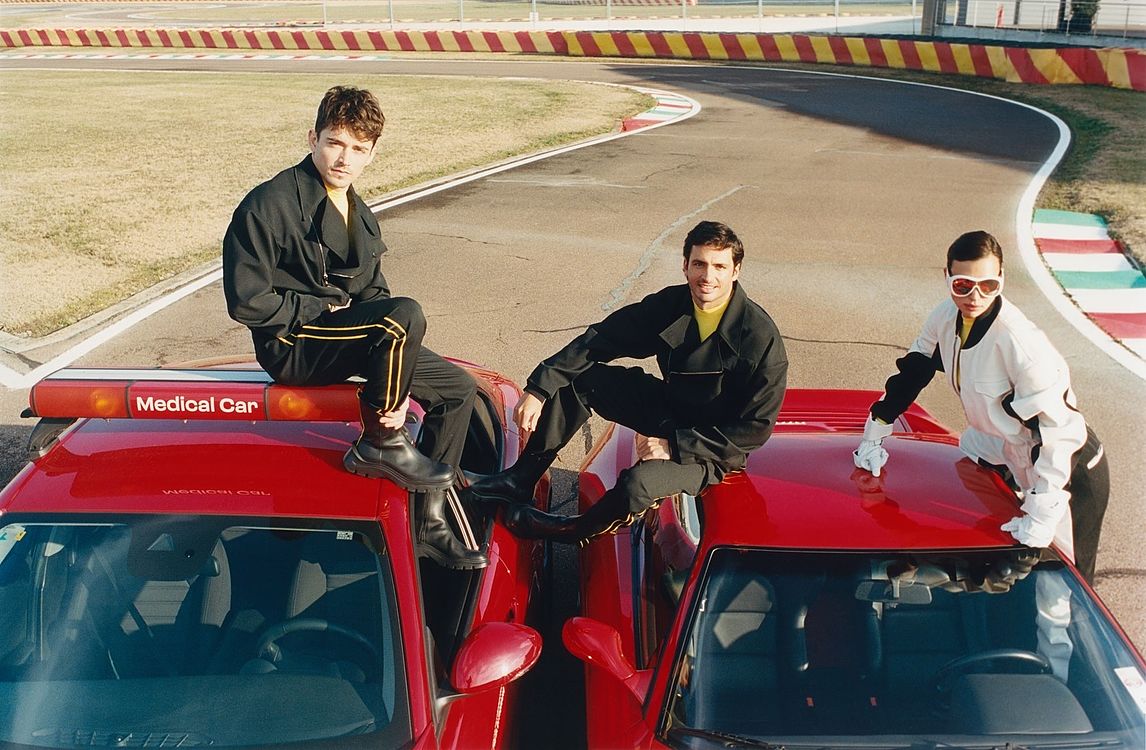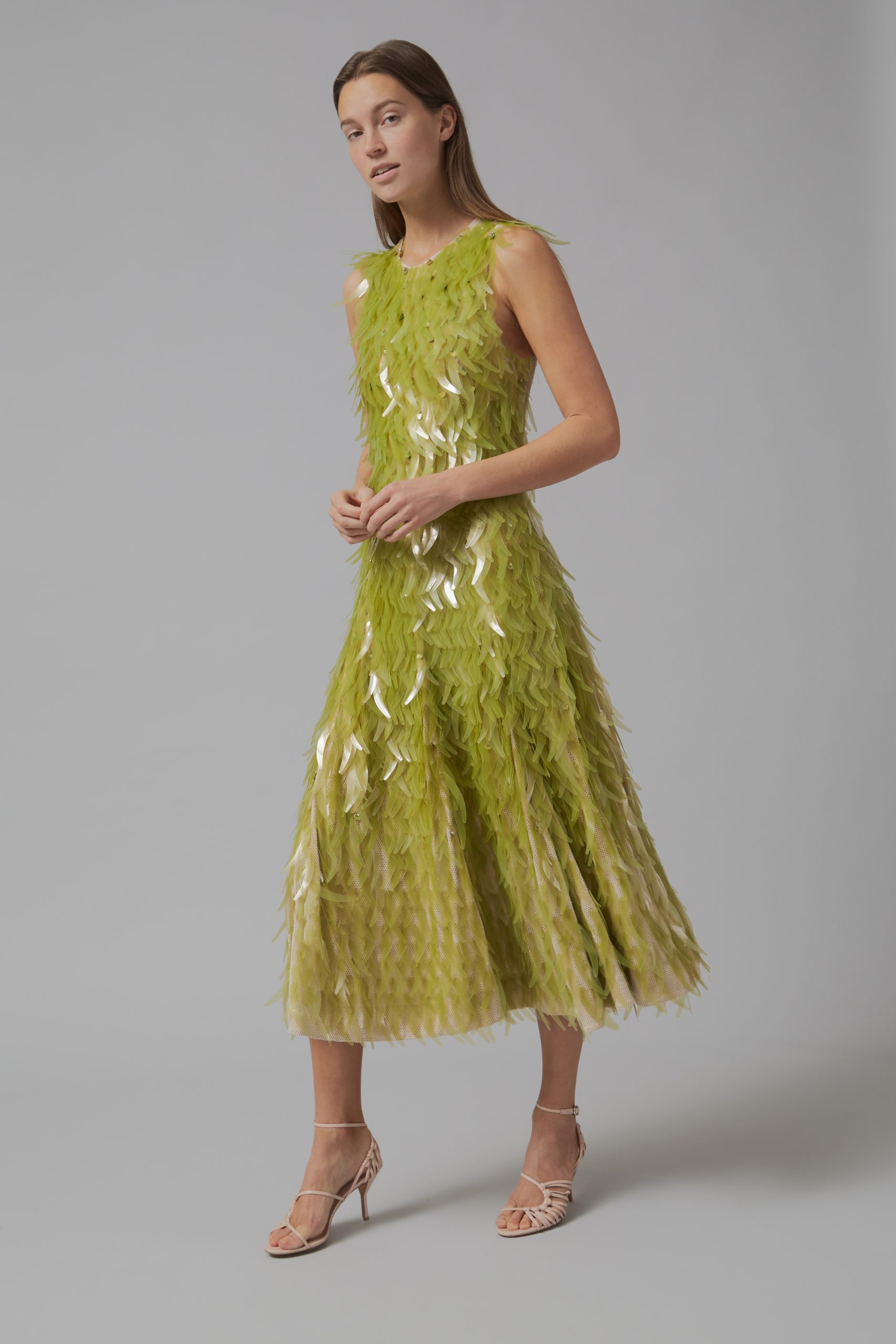Once upon a time, the notion of possessing a counterfeit item was akin to heresy. The word “knock-off” was a scarlet letter branding somebody’s social facade as phony. To parade a counterfeit handbag was a silent admission of a longing and yearning to be part of a fashionable clique, but one that remained financially and practically out of reach. Being discovered as a knock-off-owner was synonymous to a mellow ostracization, or at least the personal embarrassment of feeling like a sham.
But, today, both the language and feeling associated with faux products has changed. The digital age has heralded the era of smart shopping, and Tiktok has coined the rise of the “dupe”. From beauty product reviews, to supermarket hauls, the public are finding affordable replicas of anything and everything, and enthusiastically encouraging watchers to do the same. The twist is that people are publicly and proudly outing themselves for wearing and using dupes. Generation Dupe is not merely a trend; it is a declaration of a more financially savvy generation who are cognizant of buying hacks and escaping the consumer maze wittily.
In an age where we arguably have everything, there seems to be a clear deficit in how younger generations value authenticity. A voracious appetite for new, has seemed to dull the sparkle of heritage and history. This tapestry of back story and brand story seems to hang threadbare. According to a survey with Business Insider and YouGov, over 70% of GEN Zers said they sometimes, or else always buy less expensive duplicates of products.
There is a culture of replication that has been driven forward by online directory supplies, and the sprawling bazaars of Amazon, Ebay, Ali Express and Etsy. These platforms, integrated with review sections, comment sections, and photo upload areas, now dispense unvarnished consumer feedback. This shift has meant shoppers are putting all their faith in unfiltered product reviews from real consumers. We now find ourselves in a consumer environment where the possibility for knock-offs is cheapened and streamlined with the big muscles of shared e-commerce platforms and drop shipping systems. Complimented by the likes of Instagram and Tik Tok shop, the marketplace is measured in public opinion, and in hashtags not heritage.
Moreover, within the social media landscape we are seeing the rise of live unboxings, video hauls, and shopping vlogs – the space for discourse and debate about what and where to buy is pulsating in real time. The link between brand name and product has been slackened, in its place the value of a product is now tethered to public commentary, influencer feedback, and the testimonials of the masses. Whilst the pursuit of affordability can be great, it should not erode the kudos we give to original inventors.
Yet, the love for a good dupe has also meant that appropriation of individual visions and designs has become more common. There is a very grey line between inspired creativity, and straight up idea stealing, and particularly in the world of fashion, and faster fashion.
But is this embracing of “the dupe” testament to a generation’s financial acumen? Or does it simply show how value ebbs and flows with the culture of time? Perhaps in some ways Generation Dupe aren’t just seeking bargains, but are also trying to thumb their nose at convention.
Written by Hebe Street from GLITCH Magazine





